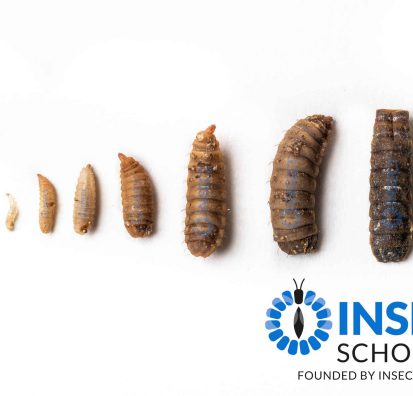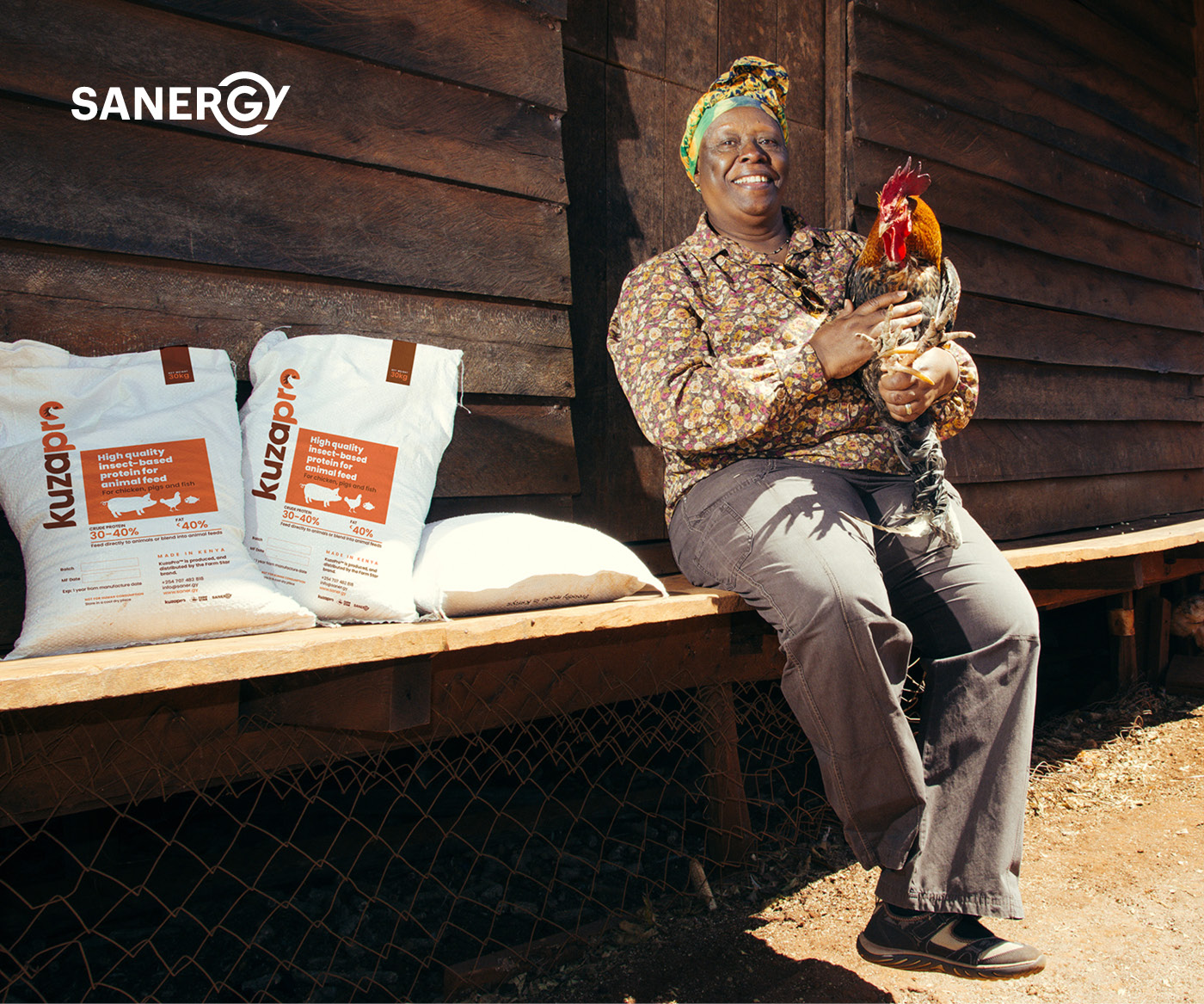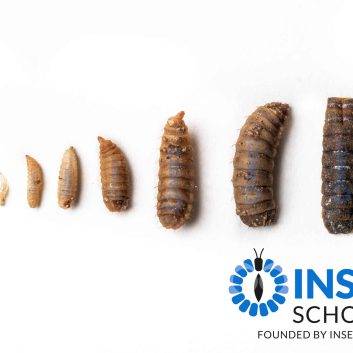Second Life of Chitosan
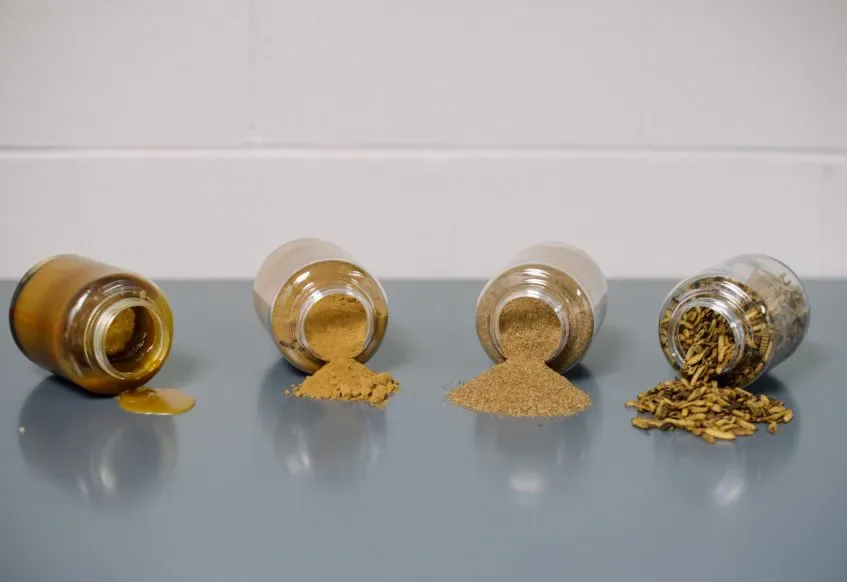
Second Life of Chitosan
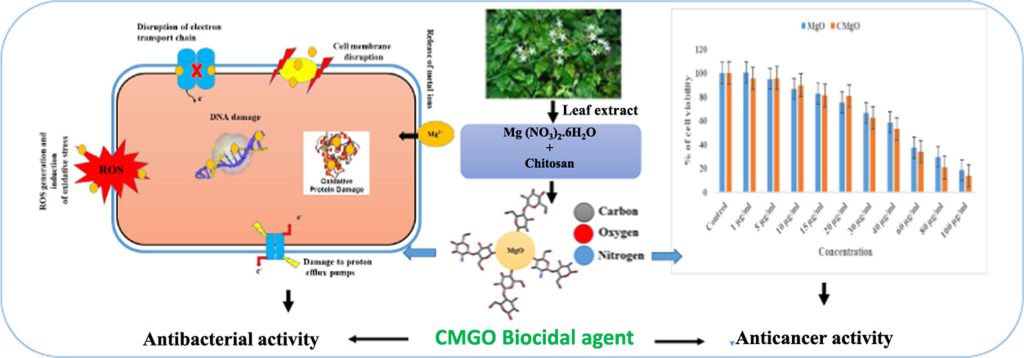
In the realm of sustainable agriculture and waste management, innovation often arises from unexpected sources. Enter the black soldier fly (BSF) larvae, a humble insect with remarkable potential. Beyond its role in waste conversion, the BSF larvae’s skin contains a valuable resource that is poised to revolutionize the agricultural industry: chitosan. With the integration of nano magnesium hydroxide, this “second life” of chitosan offers unparalleled benefits that could reshape farming practices and environmental stewardship.
Nano Chitosan: Redefining Efficiency
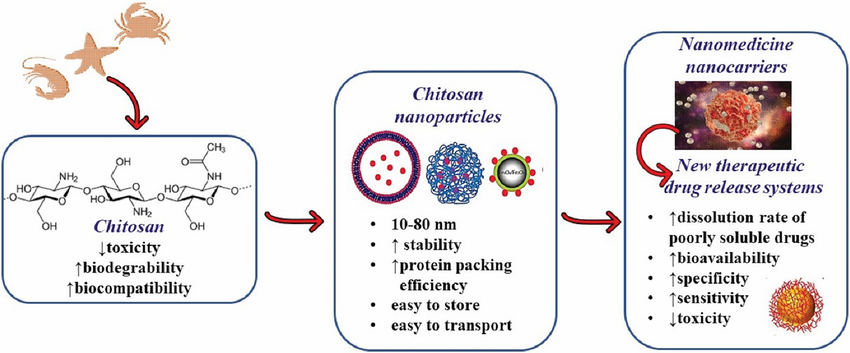
Traditional chitosan formulations have long been recognized for their antimicrobial properties and biodegradability. However, their effectiveness has often been limited by low concentrations and slow action. Nano chitosan changes the game with a potent concentration of 10% and 100,000 parts per million (ppm), significantly higher than the typical 1-2% concentration found in conventional formulations. This exponential increase in concentration translates to enhanced efficacy and faster results.
Moreover, nano chitosan eliminates the hazardous elements associated with traditional formulations, offering a safer and more environmentally friendly alternative. By synthesizing chitosan with nano magnesium hydroxide, researchers have unlocked a new level of biodegradability and efficacy. This innovative approach harnesses the synergistic benefits of chitosan and magnesium hydroxide, amplifying their individual strengths to combat agricultural challenges with unprecedented efficiency.
Rapid Fungal Eradication in Minutes
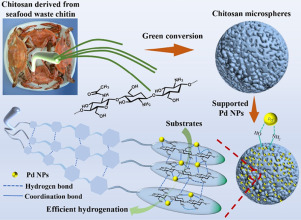
One of the most remarkable features of nano chitosan is its rapid action against fungi. While traditional chitosan formulations may take hours to eradicate fungal pathogens, nano chitosan achieves the same result within a mere three minutes. This swift response is crucial in preventing the spread of fungal diseases and protecting crop yields, ensuring a more resilient and productive agricultural ecosystem.
Business Case: Unveiling the Value of Nano Chitosan
For a typical farm, the economic implications of nano chitosan are profound. Consider a farm that processes 25,000 tons of waste per year, with BSF larvae conversion efficiency at 18%. This equates to 4,500 tons of wet larvae annually, with 10% of the weight attributed to skin – approximately 450 tons.
At a market value of $3 per kilo, the skin alone yields a staggering $1.3 million euros in sales annually. However, the true value of nano chitosan extends beyond this figure. Experts in the field, are tasked with estimating the additional benefits and potential revenue streams associated with nano chitosan, further underscoring its significance in agricultural innovation and profitability.
Paving the Way for Sustainable Agriculture
The integration of nano magnesium hydroxide with BSF larvae skin chitosan represents a paradigm shift in agricultural sustainability and waste utilization. By harnessing the inherent properties of these materials and amplifying their effectiveness through nanotechnology, researchers have unlocked a powerful solution for pest management and crop protection.
As the demand for eco-friendly agricultural practices continues to rise, nano chitosan emerges as a game-changer, offering unmatched efficiency, safety, and environmental compatibility. With its rapid fungal eradication capabilities and substantial economic benefits, nano chitosan is poised to transform farming practices and contribute to a more sustainable future for generations to come.
For more information about:
- Insect Bioconversion of Waste, please contact us at the Insect school. https://www.insectschool.com/
- Turnkey Insect Farms – https://www.insectengineers.com/bsfturnkey/production
- If you would like to book BSF industry keynote speaker Bob Holtermans for your event – https://www.insectengineers.com/about-us/speaker-bobholtermans
